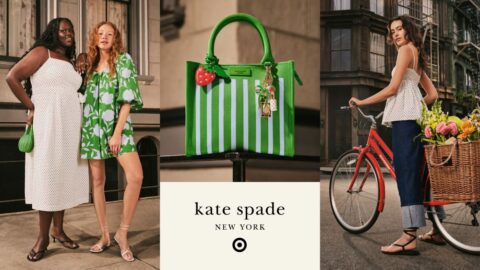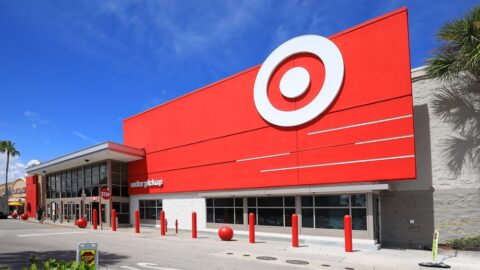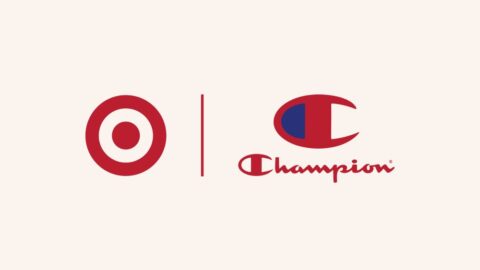Target has begun testing an experimental concept in a SuperTarget store in Edina, Minn., aimed at pricing food based on the date it arrives in the store. The test is one of several the big box retailer has implemented in select stores to give consumers more transparency about the food it sells.
Researchers put up handwritten signs above strawberries and raspberries indicating when each batch arrived in the store. Customers can then decide whether they want the regular price for berries delivered that day, or buy week-old berries for $.50 less.
The Target location also includes two “smart scales,” devices that enable customers to measure a piece of fruit to find out its calorie content, organic status and additional nutrition information.
Advertisement
Parameters of the tests that took place in the Edina store will be adjusted before being rolled out in stores in Minnetonka, Minn. and Boston on April 30, while another trial is set to take place in San Francisco in May.
To implement the trials, Target created the Food + Future coLab in collaboration with design firm IDEO and MIT Media Lab. As part of the collaboration, entrepreneurs, scientists and graduate students gather daily to bring greater access, understanding and transparency around the food options offered in Target stores.
The movement to make food sales more transparent has been kicked up a notch by consumer advocate groups, but grocers have only rarely gone the extra mile (aside from labeling sell-by dates on fresh foods or using scales to calculate volume). In building its own innovation lab of sorts, Target could inspire supermarkets and grocery chains to take the same road.
While natural food retailers such as Whole Foods and Trader Joe’s have built entire businesses on healthy alternatives, neither they nor traditional grocers have implemented companywide technologies based on measuring nutritional value or calorie content.
Supermarkets would do well to monitor the success of Target’s other initiative, the Good & Gather brand packaging, which is designed to “boldly and clearly” display ingredients on the front of packaging rather than in fine print on the back. While this is a simple change to the way ingredients are displayed, consumers have become more demanding about the quality and standards of their food options, which puts the onus on grocers to show that their foods are as healthy as they claim to be.














